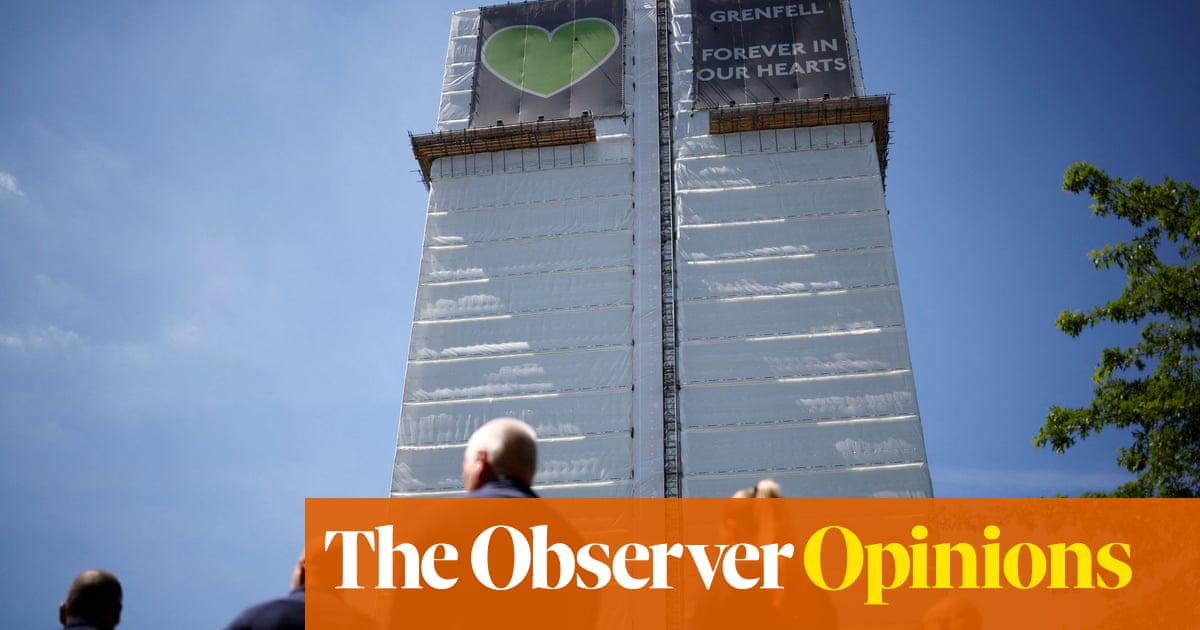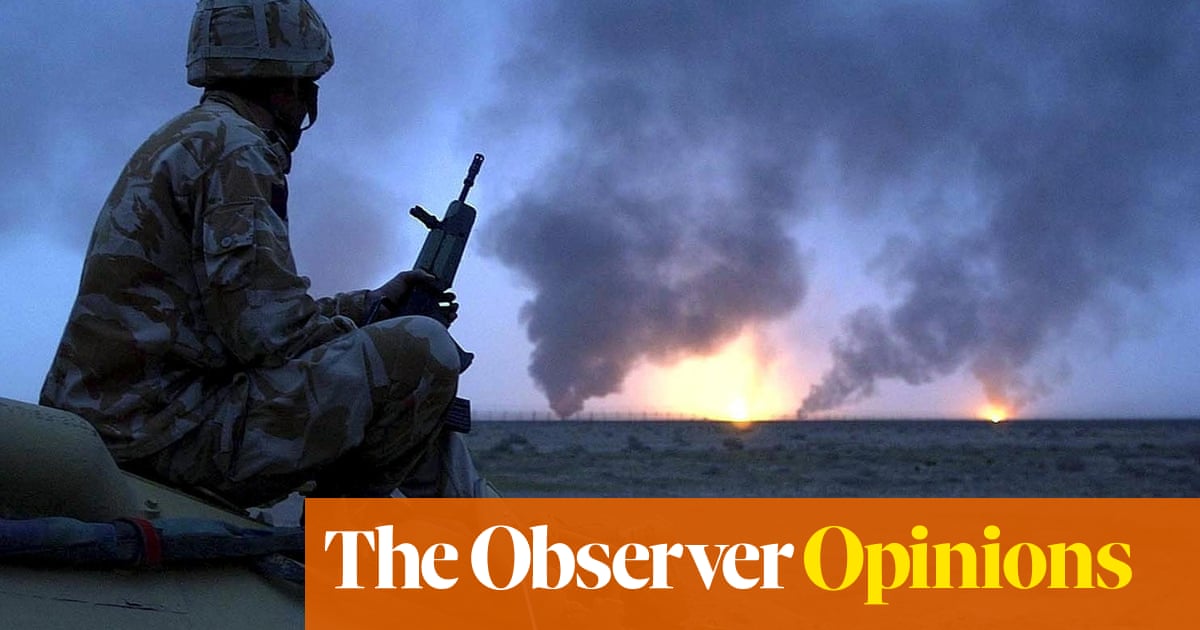
hen there is a major disaster, it can turn out that there was more than one failure. It wasn’t just that the Titanic hit an iceberg, but also that it had too few lifeboats. In the case of the Grenfell Tower, you might lose count of how many things went wrong.
Every week, the inquiry into the fire brings new revelations. They chill the blood. In the language of joshing emails and office politics, of manipulated presentations and dishonest marketing materials, you hear how 72 people were condemned to be suffocated, poisoned and burned to death. Many thousands more, still living in fear in blocks clad by similar materials to those that caught fire at Grenfell, unable to sell or move, have had their lives wrecked.
As the inquiry is not complete, blame cannot conclusively be apportioned to individuals and companies. What is clear is that a culture of buck passing, obfuscation and cynicism pervaded many of those involved. It is a culture that was not only particular to Grenfell. It can be found elsewhere in the construction industry and in publicly procured projects and services more generally.
The inquiry has heard claims that fire tests were manipulated and their results misrepresented by one of the cladding manufacturers whose products were used on Grenfell. When products caused test rigs to burst into flames, this fact was covered up.
Philip Heath, then technical manager at another manufacturer, Kingspan, had boasted by email of overwhelming a certification body with data – “we probably blocked his server” – after obtaining approval for its cladding. A contractor who raised questions about it was “getting me confused with someone who gives a dam [sic]”. A facade consultancy who also asked questions “can go fuck themselves and, if they are not careful, we’ll sue the arse of [sic] them”.
The same company’s head of technical, Tony Millichap, told the inquiry he did not know its product had “burned very ferociously” in a fire test. “I must admit the difference between old and new technology is lost on me,” he said. The difference was that the newer product was cheaper to produce but less fire-safe. Given his job title, you might have thought that he would know that.
Three directors of Kingspan cashed in more than £6m of share optionsin advance of the inquiry, before allegations were aired at the inquiry causing their value to drop by 12%. Some senior staff at two other cladding companies, Arconic and Celotex, lacked the decency to appear at the inquiry. It has often been left to more junior employees to respond to claims that warnings were ignored and awkward information obscured.
Not that it is all about the cladding firms. Employees of the organisation that managed the tower threw away or withheld notebooks that could have contained crucial evidence. The project’s lead architect admitted he wasn’t fully familiar with the relevant regulations on fire safety, nor was he aware of the combustibility of the aluminium panels used on the tower. The boss of the cladding subcontractor appointed his inexperienced 25-year-old son as project manager of its Grenfell work.
You’d be forgiven for getting confused between the players. There are the manufacturers of the products, the subcontractors who used those products to cover the building and the main contractor who organised the whole renovation project. There was the organisation that managed the tower on behalf of the Royal Borough of Kensington and Chelsea and the agency it employed to manage the refurbishment. There were the consultants – fire safety experts, architects, engineers. There were the regulatory bodies charged with ensuring safety.
This multiple layering has not come from nowhere. It has grown partly out of a decades-long process of government outsourcing, from the hollowing out and stripping down of local authorities under the theory that private companies will do a given job better. This includes the part-privatisation of the building inspection regime, whereby cladding companies can organise their own fire tests. The proliferation of parties has also come from change in the building industry, under which responsibilities for aspects of construction are subdivided ever more narrowly between expanding teams of subcontractors, consultants and manufacturers.
One consequence is the unedifying Olympiad of blame-shifting to be seen in the Grenfell inquiry. “It was not Kingspan’s responsibility to determine compliance,” said their technical man, Millichap. The architects complained about both the building regulations regime and specialist advice. Outsourcing and subcontracting are supposed to manage risk, but in practice they are also about its dispersal and offloading, until it falls on people killed in their homes. For how can risk be said to have been managed when these actions led to the worst peacetime fire in at least a century?
And if the public sector can lose touch with its consumers, the same is no less true of the companies to which work is outsourced. Their primary skills are not necessarily in the quality of their management or products, but in their abilities to drive down costs, navigate procurement processes and manipulate regulations. They become remote from the physical and human consequences of their actions.
This year, we have seen the extraordinary spectacle of the government’s response to Covid-19. Objectives are announced – for procuring protective gear, for organising testing – and contracts handed out to companies whose expertise in these fields is hazy. Then, sometimes, nothing or little happens. The gear and the testing just don’t show up in usable form. It appears impossible to get things done.
While it is too soon to know everything that is going on with the Covid response, it is a good guess that the mania for outsourcing and privatisation played a role. In which case the Grenfell disaster was not only an outrage in itself but also a sign of something still bigger, a new kind of grand national incompetence.












